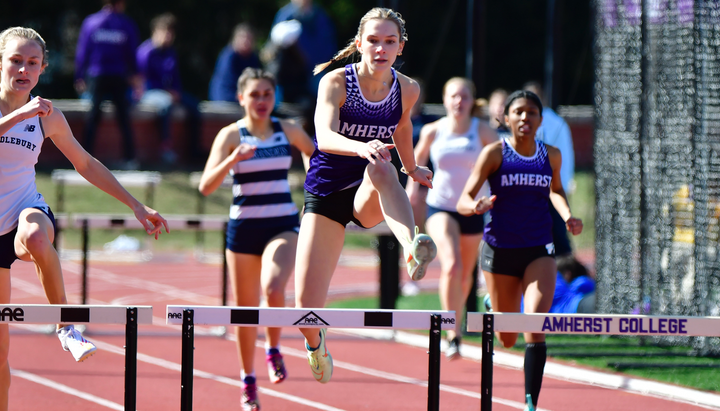Restore the Student Activities Fee
In light of the Association of Amherst Students’ ongoing budget crisis, The Editorial Board argues for a raised student activities fee.
A WAMH concert canceled, Senate projects a shadow of their former glory, club events with food nearly a bygone memory — the effects of the Association of Amherst Students (AAS) budget crisis have been deeply troubling. At only around halfway through the semester, the Senate has already exceeded its discretionary fund — the money set aside for clubs to dip into during the term — by $56,000, forcing it to draw from the Rainy Day Fund, its rapidly depleting piggy bank, which is on pace to bottom out in the foreseeable future. And while the Budgetary Committee has changed several policies to reduce expenditures, a more drastic step must be taken: It’s time to raise the student activities fee.
As it stands, the student activities fee costs each student $300 per semester, the sum of which is allotted for the AAS to distribute to student organizations, clubs, and special interest groups. The fee, which was eliminated during the off-campus period of the pandemic, has since been gradually increased, but is still well below its pre-pandemic level of $365.
Some students, especially those for whom paying tuition already poses a substantial burden, might be reasonably concerned about any increase to college’s comprehensive fee. However, it’s worth noting that the student activities fee makes up only 0.7 percent of the annual price to attend Amherst, and it’s one of the first costs covered by financial aid. It should also be noted that an increase of the fee by $100 per student — to $400 — would yield an addition to the AAS’ budget of nearly $200,000, undeniably netting a transformative difference in the college’s student life.
It wouldn’t be enough for the fee just to return to its absolute pre-pandemic level: Inflation must be taken into consideration. Last academic year, the college acknowledged that necessity when it increased the comprehensive fee by 4.5 percent, as stated in an email sent by former President Biddy Martin on March 11. The student activities fee should follow suit.
Furthermore, the AAS has been attempting to increase its spending caps alongside inflation, so that students are not forced to spend out of their own pockets to cover event costs, which would place an unfair economic pressure on students in club leadership positions, and may even make these positions inaccessible for some students. However, it’s easy to see that increasing spending caps to keep pace with inflation is an unsustainable policy if the AAS’ revenue remains static. In order to ensure equity, the college must ensure that the AAS is adequately funded.
The importance of raising the student activities fee goes beyond increasing the number of Insomnia cookies or Antonio’s slices the AAS is able to fund, though — it’s a matter of expanding students’ democratic power. Whether it is by providing club sports teams with the resources to train and compete, bankrolling free PVTA access for all students, or funding concerts and other events like prom, the AAS — as the only democratically elected body representing students — has a unique ability to fund the events, clubs, and programs that students actually care about.
Moreover, President Michael Elliott’s new administration has based much of its rhetoric on the notion of the liberal arts being essential to a healthy democracy. As one of the only sources of democratically controlled funding on this campus, the AAS budget embodies the college’s renewed mission, simultaneously ensuring that resources are allocated where students want them — allowing students to practice, as Elliott put it in his Opening Convocation speech at the start of the year, “democracy with a lowercase d.”
Now more than ever, as we move toward rebuilding post-pandemic, it’s important to think about where we, as a college, allocate our resources. Although it represents roughly 0.7 percent of the total annual cost of attendance, the student activities fee funds a huge portion of the events and institutions that create community on this campus.
While the Editorial Board acknowledges that we may not have a complete understanding of all the logistics of managing and distributing the budget, we think it imperative that the college’s policies reflect the times. To improve student life, ensure equity, and as a step toward the college’s renewed emphasis on democracy, we believe that the administration and the AAS must work together to increase the student activities fee to its pre-pandemic level, accounting for inflation. The wheels of progress are oiled only by collaboration.
Unsigned editorials represent the views of the majority of the Editorial Board — (assenting: 17 ; dissenting: 0; abstaining: 0).




Comments ()